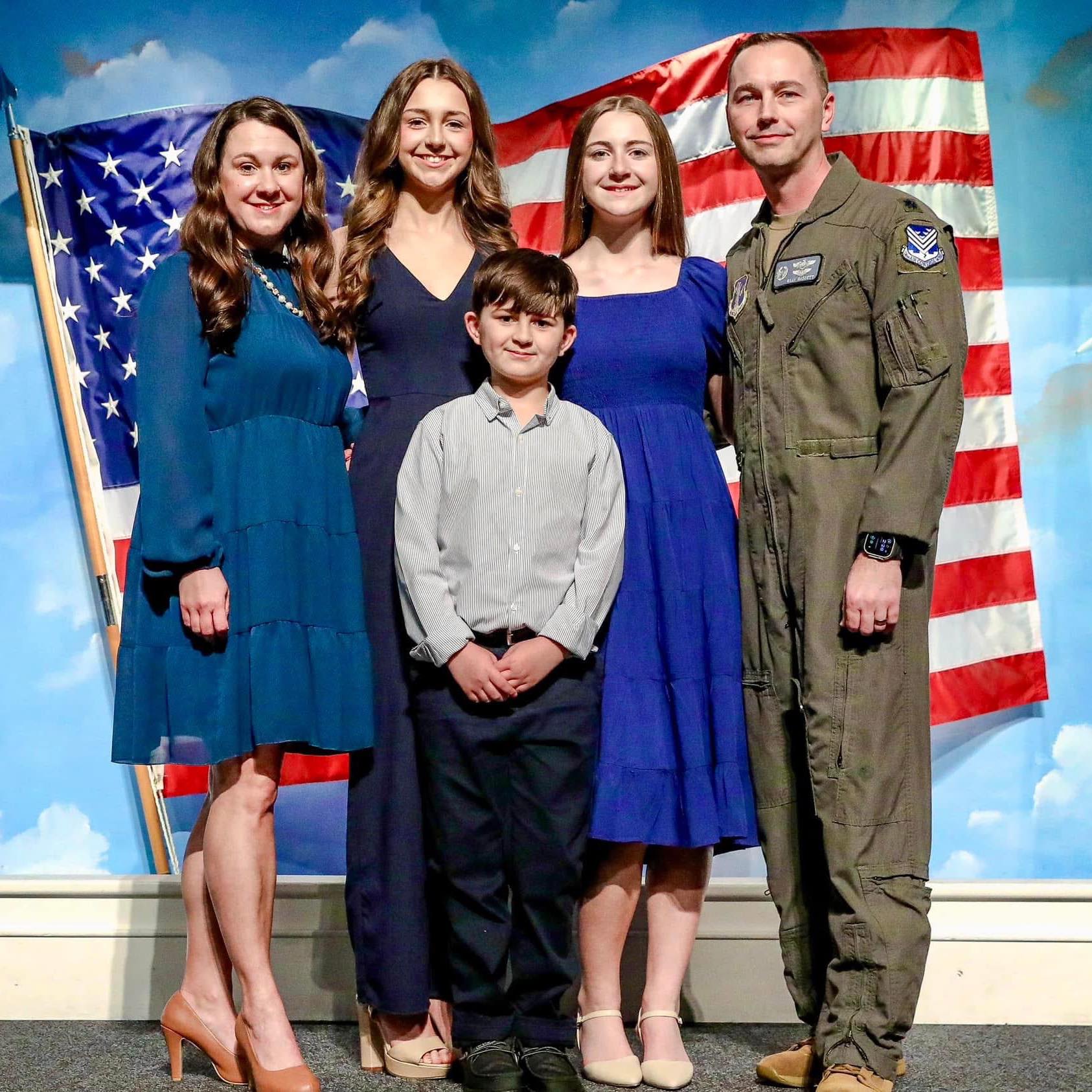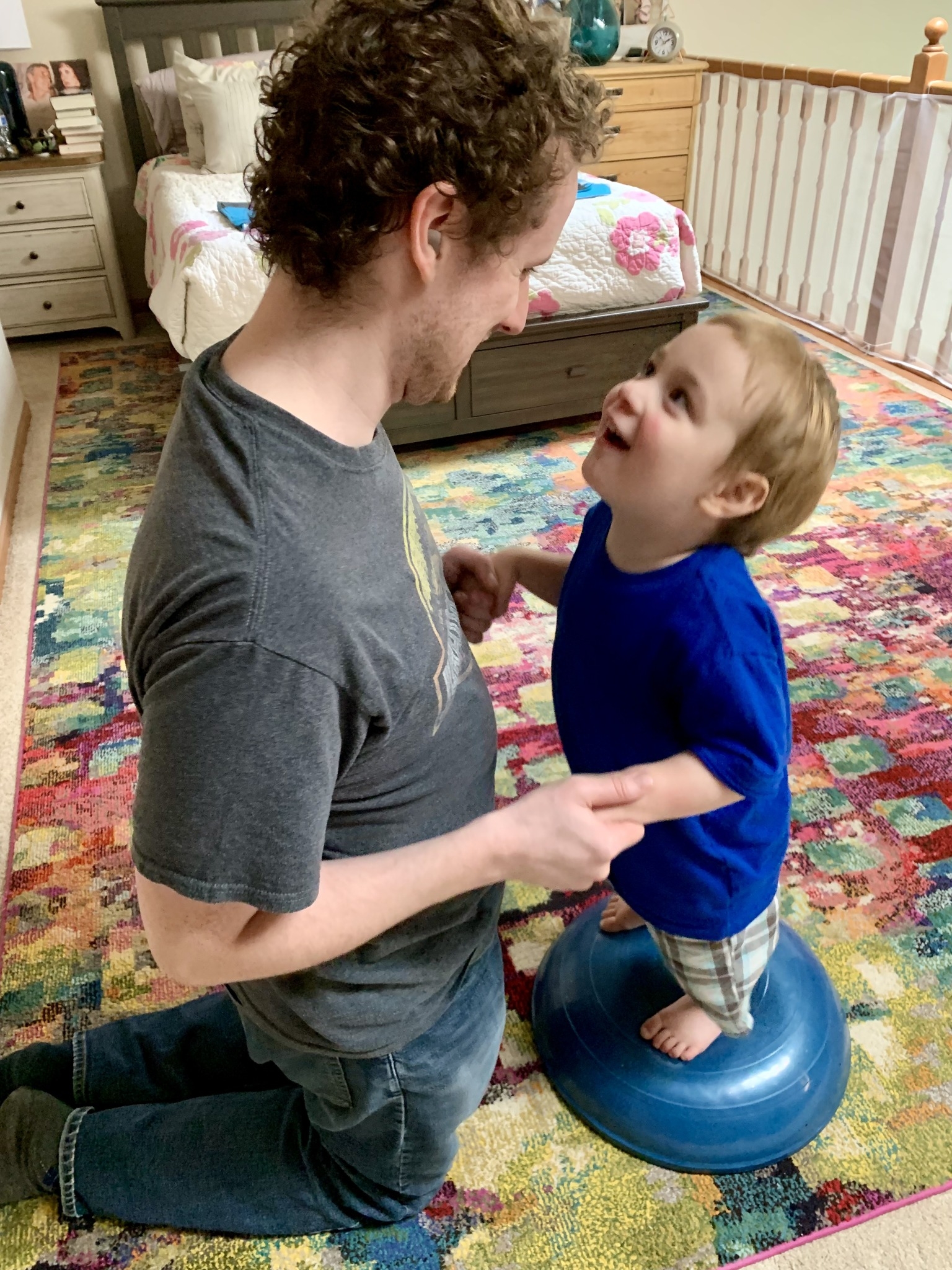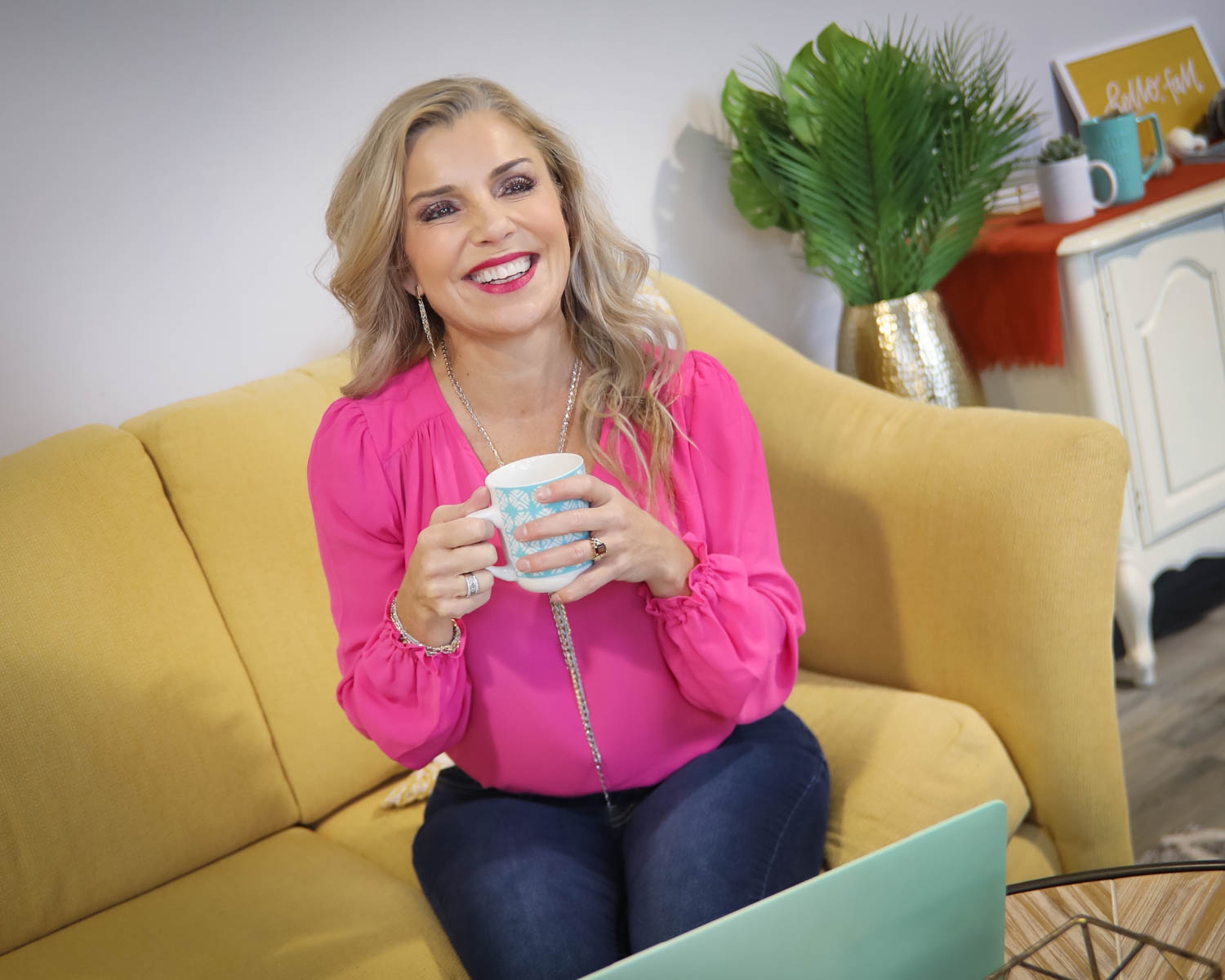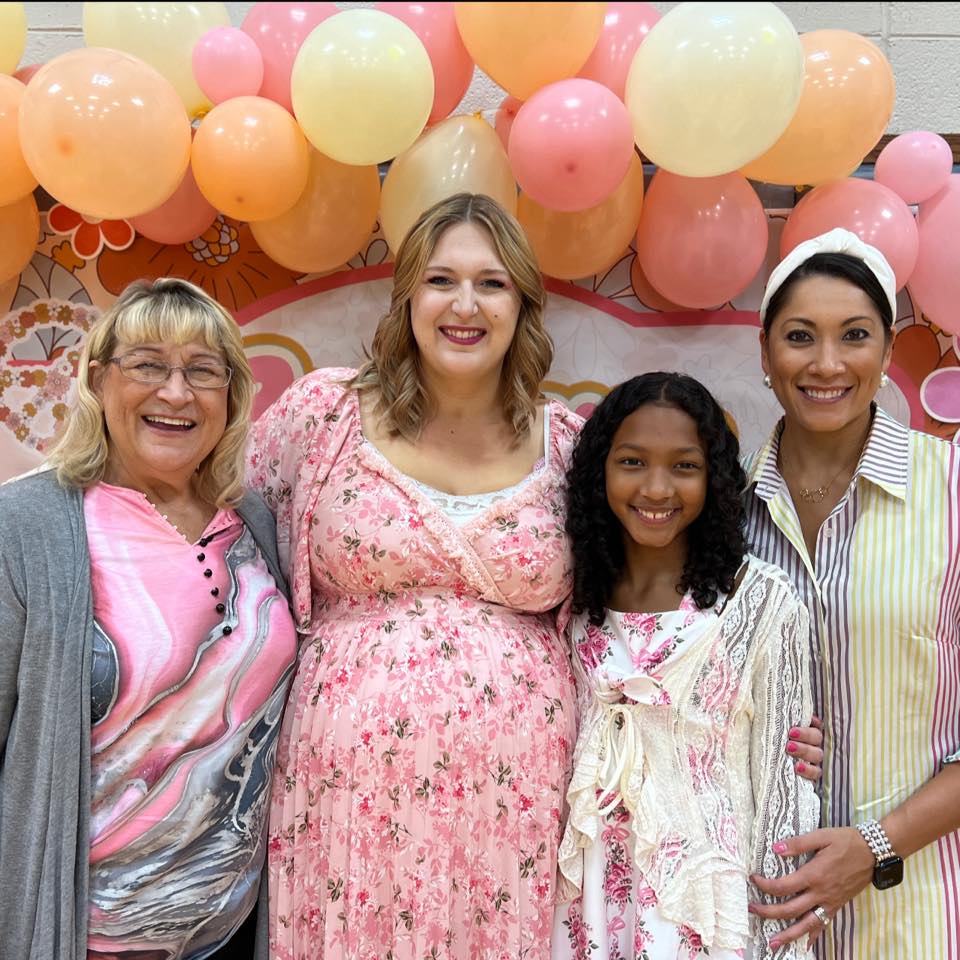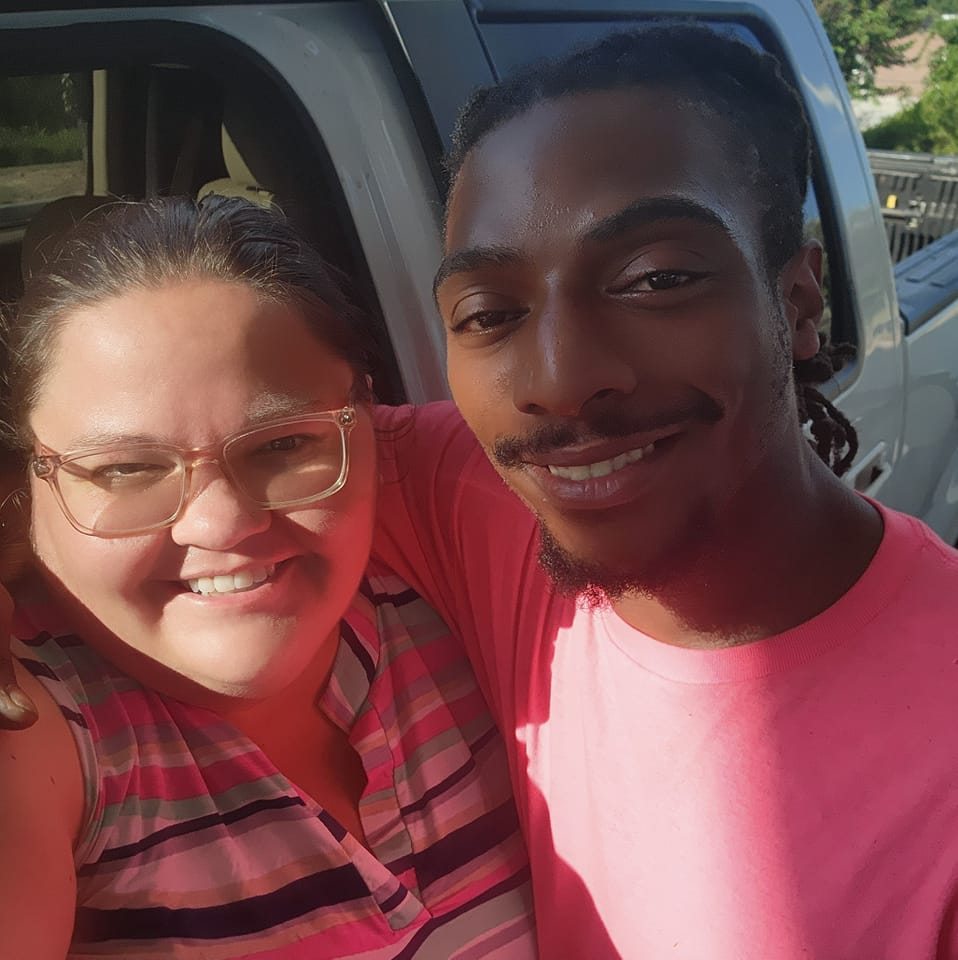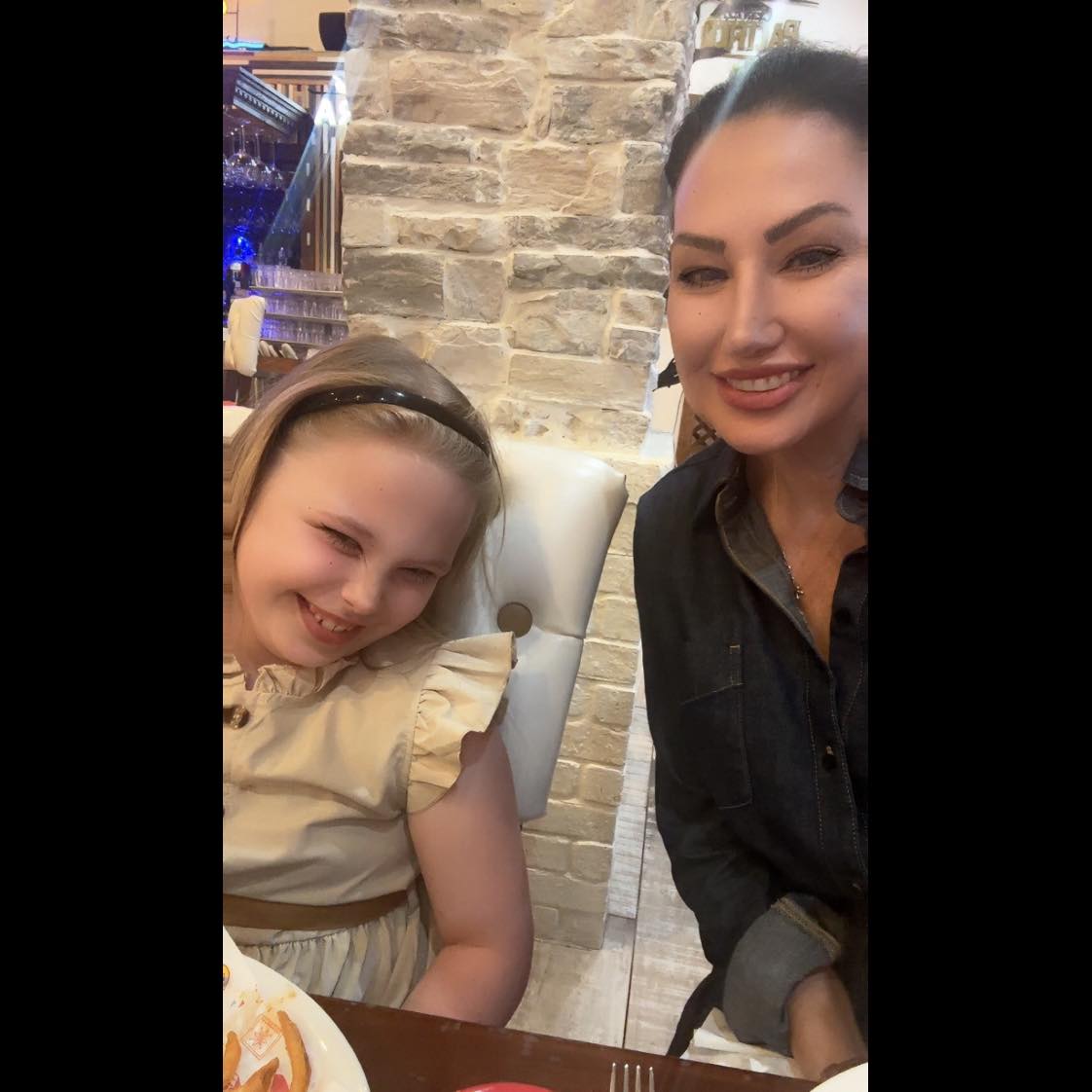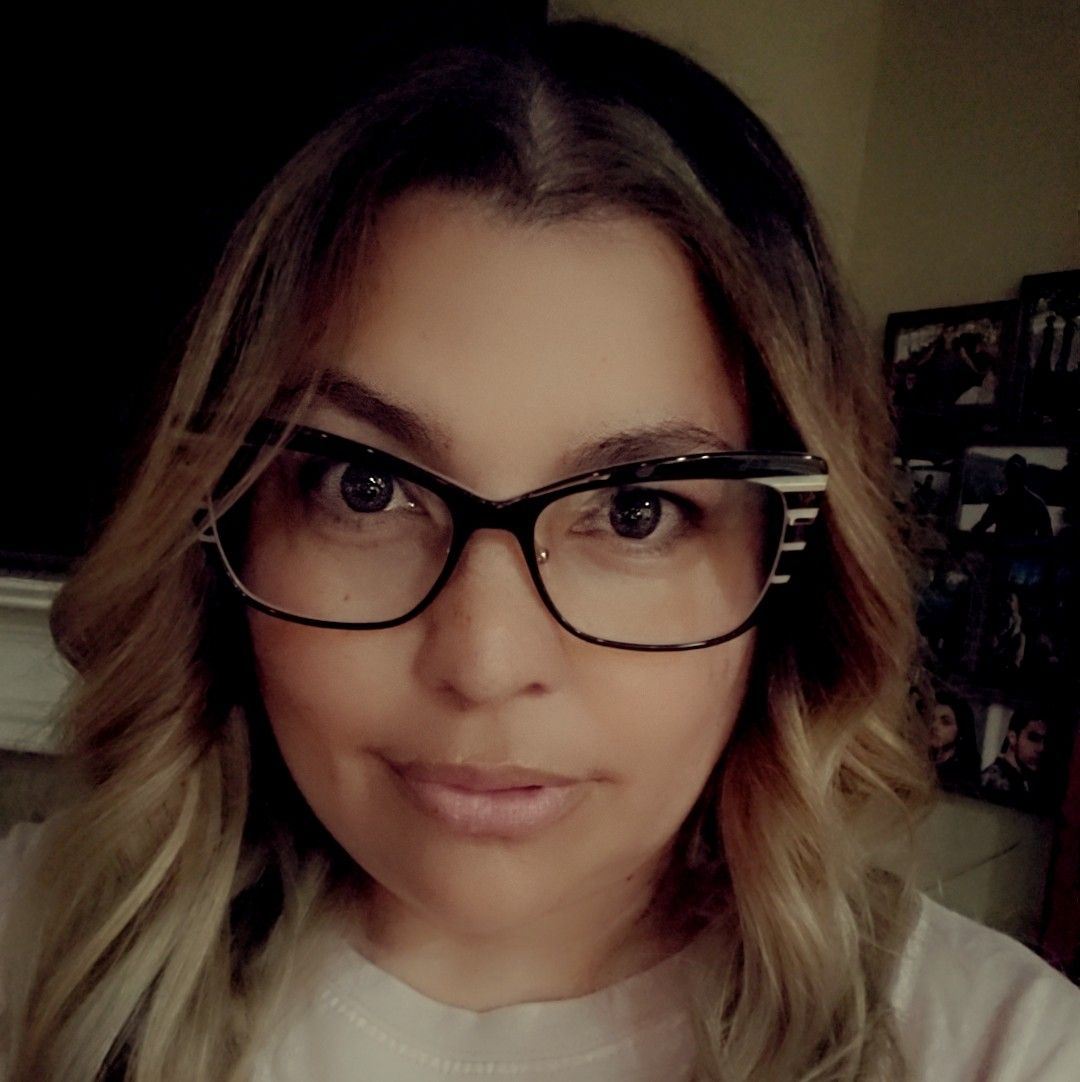Dance Classes for Ages 9–12 in Warner Robins
Strong Foundations,
Bold Expression
Your child will build strong technique, explore their unique style, and gain real confidence in every class. With age-specific training in ballet, tap, jazz, and hip hop, they’ll improve coordination, musicality, and focus—while feeling supported, seen, and encouraged. Every step they take is guided with care, helping them grow not just as a dancer, but as an individual who believes in their own potential.
Get more information about our classes and schedule on the next page!
Helping Dancers Grow in Every Way
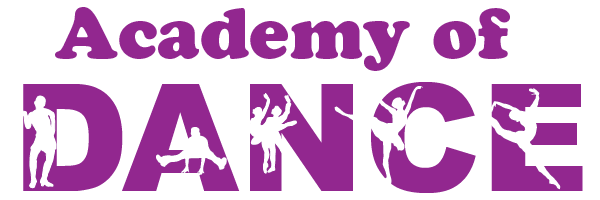
Movement becomes more intentional as dancers refine posture, rhythm, and timing. Whether tapping with clarity, holding ballet positions with control, or adding energy to jazz transitions, each skill learned adds strength and coordination that carries into everyday life.

Trying something new and seeing progress boosts confidence in a big way. From learning choreography to performing in front of others, dancers experience what it feels like to succeed—and learn how persistence leads to real results.

In every class, dancers connect with others, share accomplishments, and feel part of a group that supports and uplifts. Friendships form, encouragement flows, and students grow in both skill and spirit as part of a caring studio community.
Where Technique
Meets Purpose
This stage of dance introduces focused training in ballet, tap, jazz, and hip hop—each taught in a dedicated, age-appropriate class. Alongside choreography, dancers develop discipline, self-awareness, and the ability to work as part of a team. Classes encourage effort, consistency, and a sense of accomplishment that grows with every step. It’s a time to sharpen technique, explore interests, and build confidence that carries far beyond the studio.
This foundational ballet class focuses on posture, control, and strength while introducing formal technique. It prepares dancers for future advancement, supports jazz training, and encourages discipline and confidence, helping students develop grace, alignment, and purpose in every movement they learn.
At Primary Levels I and II, dancers build a solid introduction to rhythm-based movement. Tap strengthens timing and sound clarity, while jazz develops style, agility, and expressive motion. Together, these classes sharpen musicality and coordination through fun, high-energy combinations.
Dancers bring the energy in this upbeat class built around age-appropriate music and street-style choreography. With a focus on rhythm, freestyle, and expressive movement, students build confidence, coordination, and personal style in a space that’s fun, inclusive, and full of momentum.
Why Families Keep Coming Back
Finding a class that works shouldn’t be stressful. With a variety of times and styles available, it’s easier to keep dance part of the week—even with school, sports, and other commitments.

Classes are led by experienced teachers who understand how to guide young dancers with care and intention. Students grow safely and steadily, gaining strength, focus, and confidence at a pace that suits them.
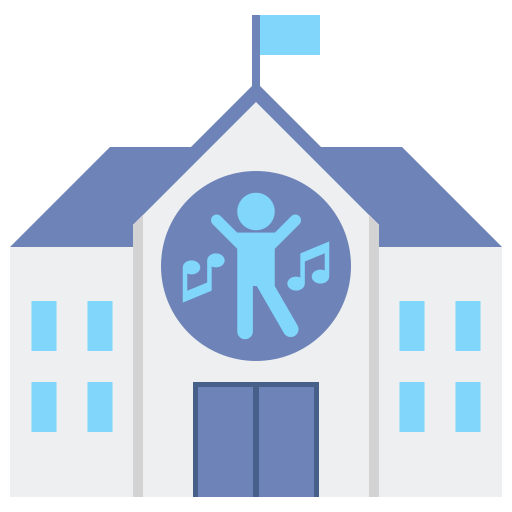
Dancers feel seen, valued, and welcomed from day one. Names are remembered, efforts are celebrated, and every child becomes part of a culture built on kindness, connection, and belonging.
Why Families Choose Dance Over
the Usual Activities
Ages 9–12 are full of change and opportunity. While traditional sports and fitness programs often emphasize outcomes, the Primary Program at Academy of Dance helps students develop confidence, discipline, and creativity in a setting that values effort over pressure. Here’s how it compares.
Progress is often measured by wins, stats, or speed—not personal growth.
Larger teams mean less individualized support, especially for quieter kids.
Competition-heavy environments can lead to stress and decreased motivation.
Most programs prioritize structure over creativity, leaving little space for individuality.
Dancers celebrate improvement, track their development, and grow more confident with every class.
Each dancer receives guidance that matches their pace, personality, and potential.
Classes build focus and accountability in a setting that encourages rather than overwhelms.
Dancers express themselves through music, storytelling, and choreography—building artistry alongside skill.
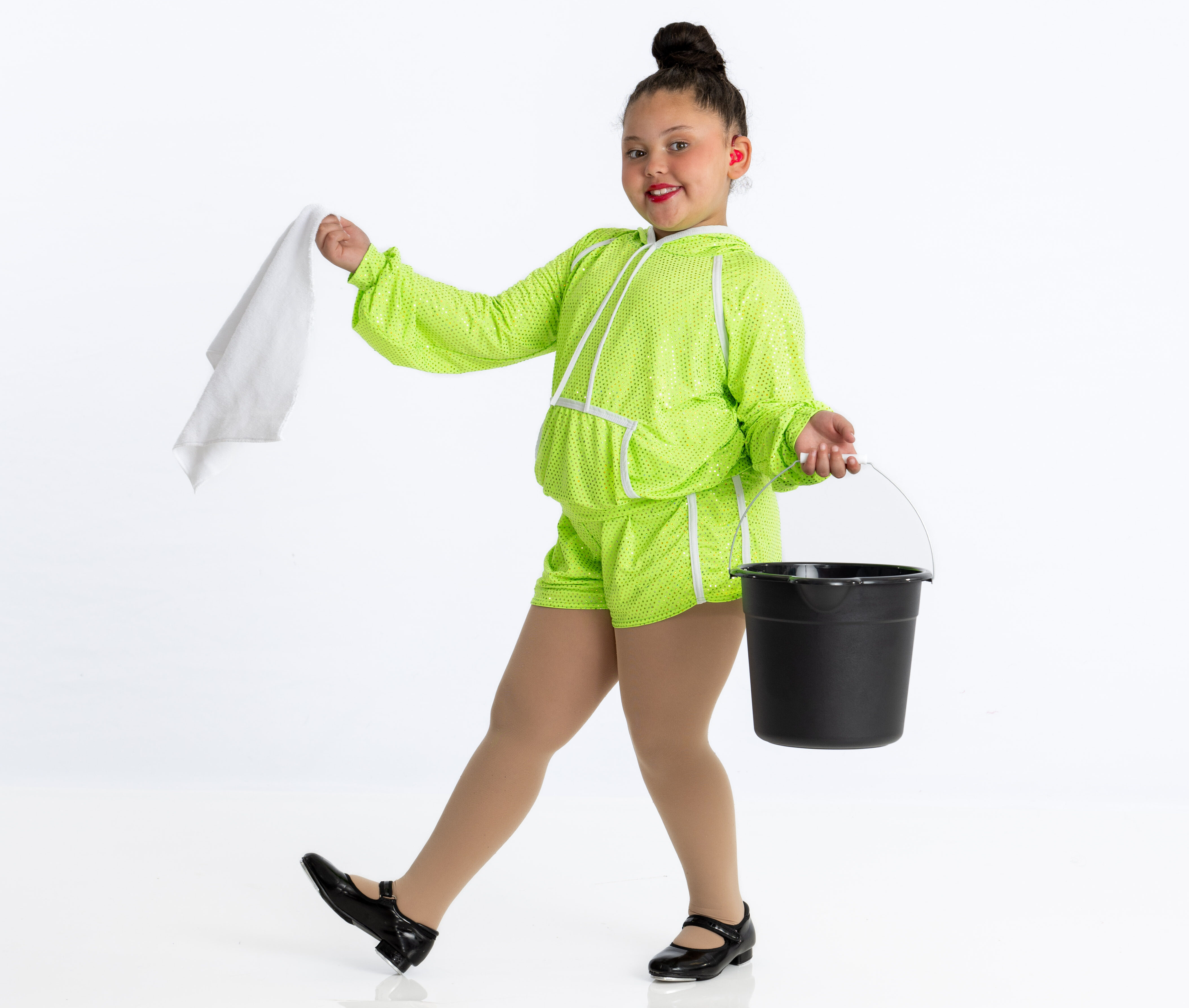
Creative Training That Keeps Kids Engaged
In this stage of dance, students ages 9–12 experience a structured yet creative approach to movement. Each 45-minute class explores a foundational style—ballet, tap, jazz, or hip hop—through rhythm-based drills, expressive choreography, and dynamic movement combinations designed to challenge and inspire.
Dancers stay active, engaged, and motivated as they build coordination, body control, and musical awareness across multiple techniques. Instruction focuses on more than just steps—it guides dancers in how to listen, follow direction, and work together as a team.
When recital season arrives, students step into the spotlight with confidence, proud of what they’ve accomplished and excited to share their progress with family and friends.
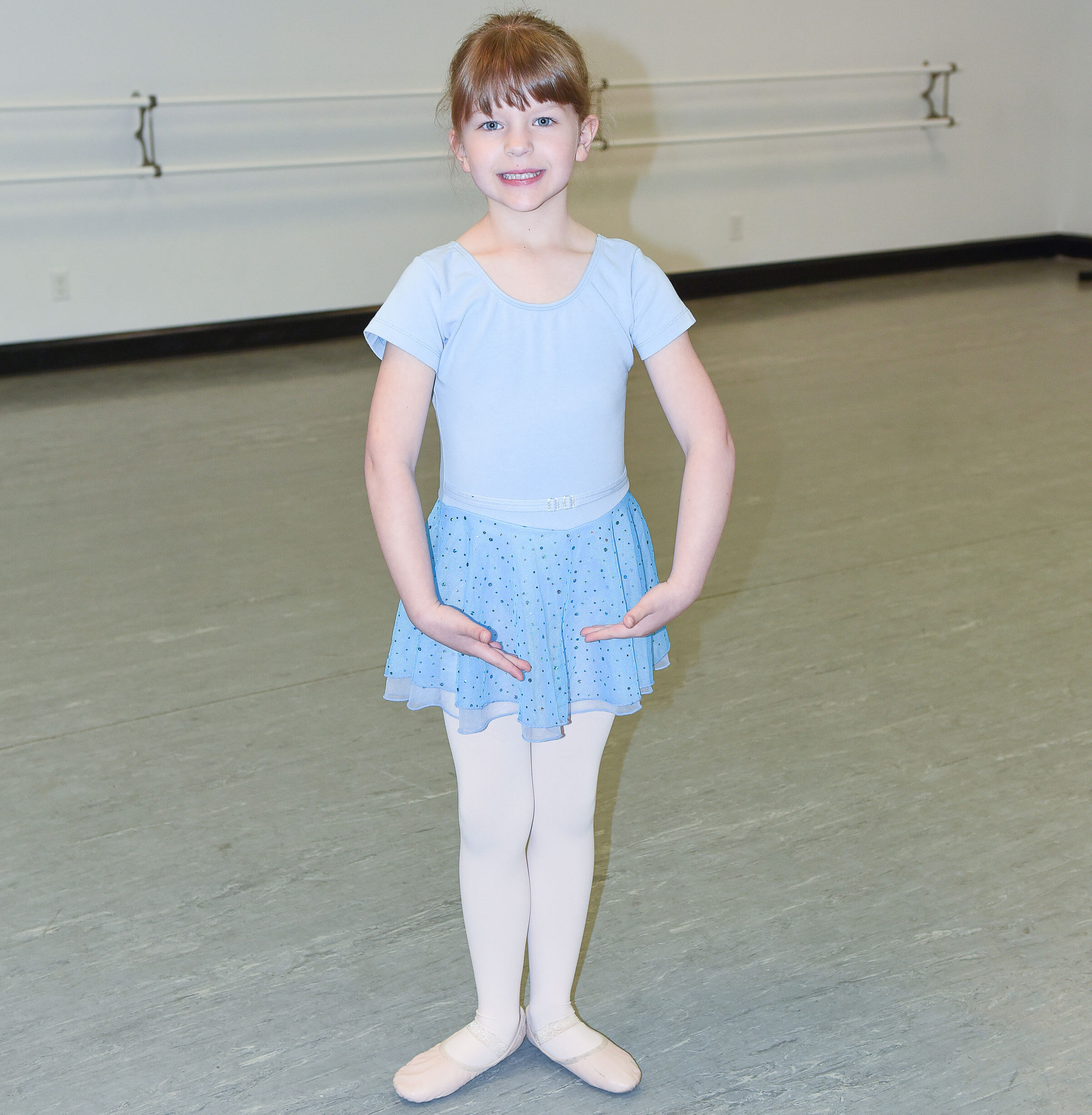
Well-Balanced Training for
Ages 9–12
Dancers in the Primary Program build a solid technical base across four core styles—ballet, tap, jazz, and hip hop. Each 45-minute class focuses on style-specific skills while encouraging flexibility, coordination, and stage readiness. This variety helps students move with confidence, adapt to new challenges, and grow as well-rounded performers.
Classes are paced for individual growth and designed to support both structure and self-expression. Whether working on detailed tap rhythms, dynamic jazz lines, or high-energy hip hop sequences, students explore each style’s unique character while developing a style of their own.
As the season wraps, dancers bring everything together in a full-scale recital—a proud moment to perform alongside peers, celebrate their hard work, and enjoy the spotlight they’ve earned.
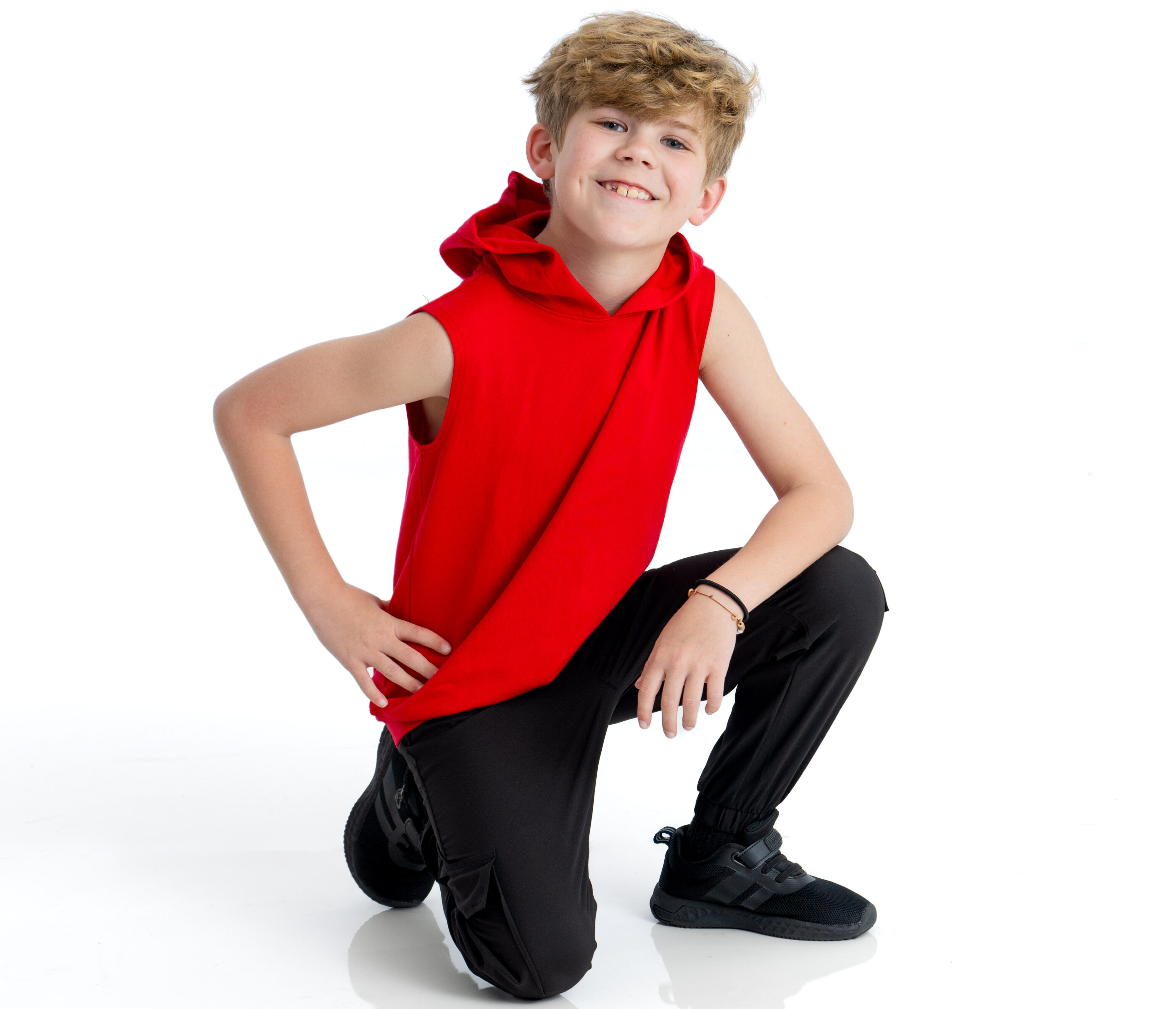
Grow with Skill and Style
In the Primary Program, dancers ages 9–12 experience more than movement—they gain skills that shape how they carry themselves in and out of the studio. Each class helps strengthen coordination, improve posture, and unlock new ways to express emotions through dance. Students learn to perform with focus and self-assurance, developing a stronger connection to their bodies and their potential.
Classes are thoughtfully structured so each dancer feels supported, challenged, and valued. Along the way, they’re also building life skills—like goal-setting, patience, and teamwork—that transfer into school, friendships, and everyday situations.
By the time they step on stage for recital, it’s about more than choreography. It’s about showing how far they’ve come and how much they believe in what they can do.
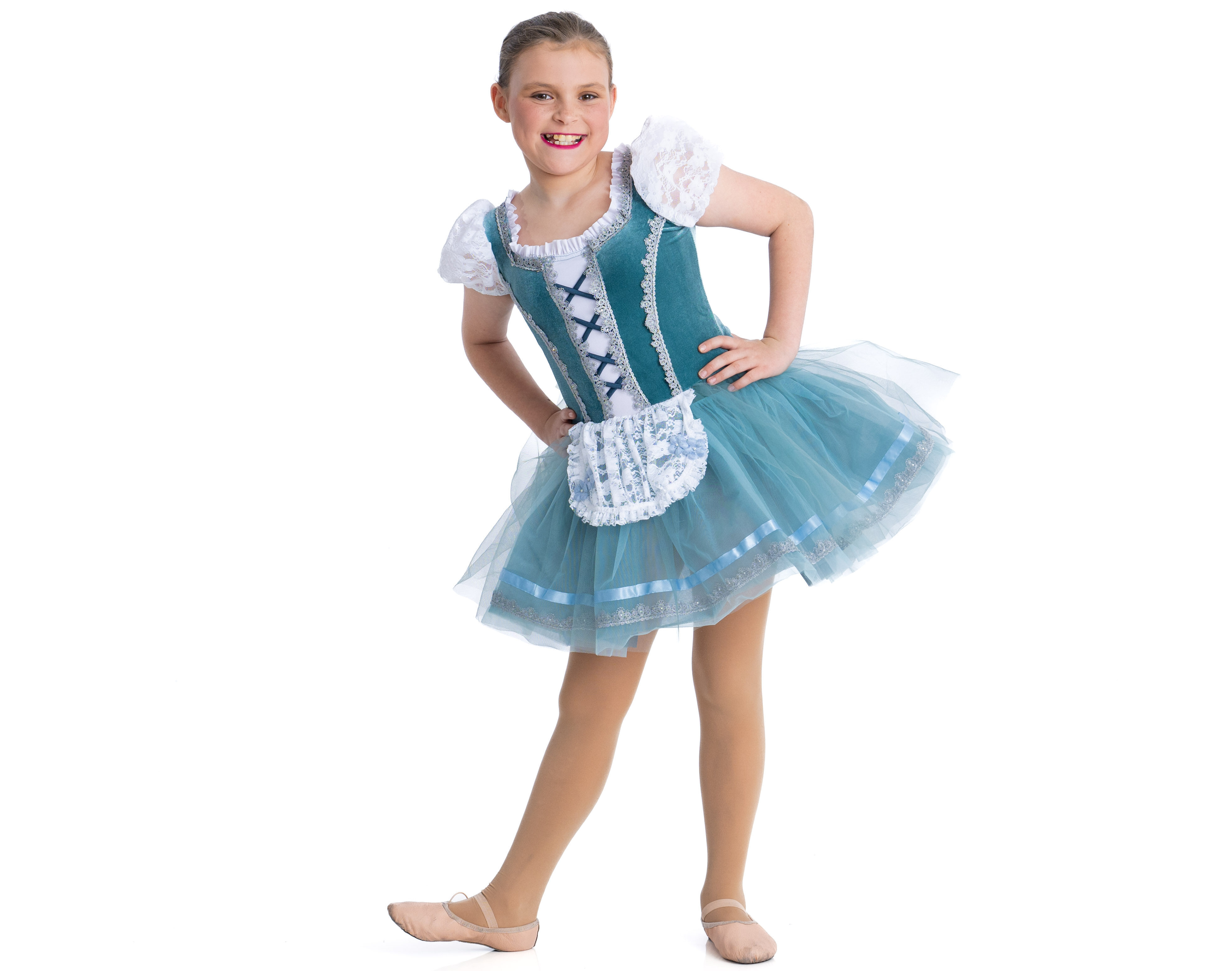
Meaningful Memories That Last
For dancers ages 9–12, what happens outside of drills and choreography is just as meaningful as what’s learned in class. These years are filled with small, unforgettable moments—laughing during warm-ups, encouraging a classmate, or stepping into the spotlight for the first time. Each experience helps build not only skill, but a lasting sense of identity, connection, and pride.
Through every style explored and every rehearsal shared, dancers form real friendships and discover how powerful it feels to be part of something bigger than themselves. They leave class feeling more capable, more grounded, and more inspired to keep showing up—because the confidence they gain doesn’t stop at the studio door.
Get more information about our classes and schedule on the next page!
FAQs
This age is a powerful time for building self-confidence and independence. Dance supports that growth by teaching focus, responsibility, and creative expression. Dancers develop physical strength and coordination while also learning how to listen, take feedback, and feel proud of their effort—skills that show up in school, friendships, and daily life.
Students participate in four structured classes—ballet, tap, jazz, and hip hop—each focusing on different techniques. From the posture and discipline of ballet to the rhythm and style of jazz and hip hop, your child will gain a wide range of abilities while exploring which styles speak to them most.
Absolutely. Classes are designed with age-appropriate instruction, safe progressions, and individual attention. Dancers build strength and flexibility at a pace that fits their needs, with guidance that prioritizes both safety and success.
Keep things consistent with class attendance and show interest in what they’re learning. Practice doesn’t need to be formal—playing music at home, asking about choreography, or watching them rehearse can go a long way. Celebrating their efforts—big or small—helps build motivation and pride.
As the season unfolds, you’ll notice more than technical skill. Dancers gain confidence in how they move, how they interact, and how they approach challenges. Their progress comes together in a year-end recital where they showcase their growth, teamwork, and love for dance on stage.
Voices That Reflect the Experience
Parents see the difference dance makes—and they’re sharing it. From increased confidence to lasting friendships, these reviews capture what students truly gain through their time in class. Each story is a reminder that growth, joy, and community are all part of the experience. Hear it straight from the families who’ve been there.
Additional Perks That Make a Big Difference
Students gain early leadership experience through peer support and classroom roles.
Dancers track progress with milestones that keep them focused and motivated.
Extra performance prep builds confidence before recital and improves stage presence.
Classes support emotional awareness, helping students handle feedback and build resilience.
Get more information about our classes and schedule on the next page!











